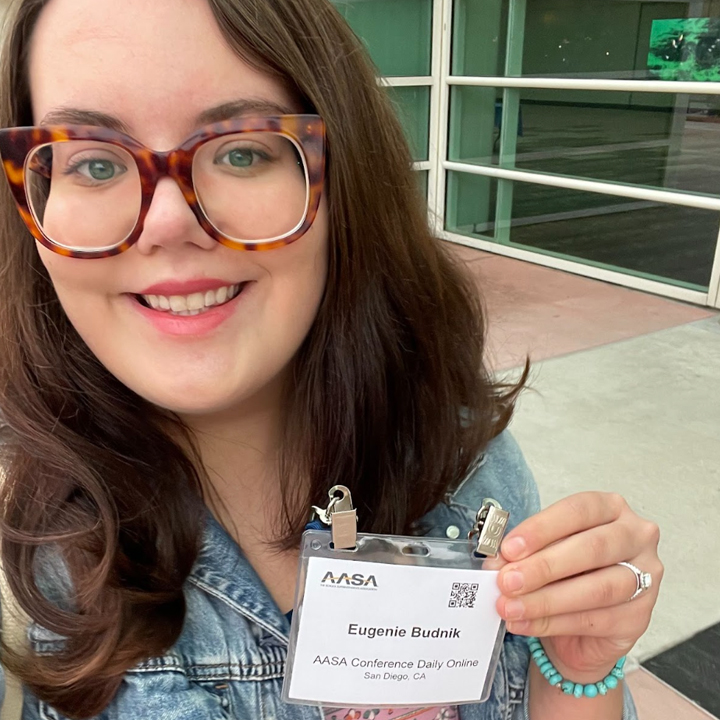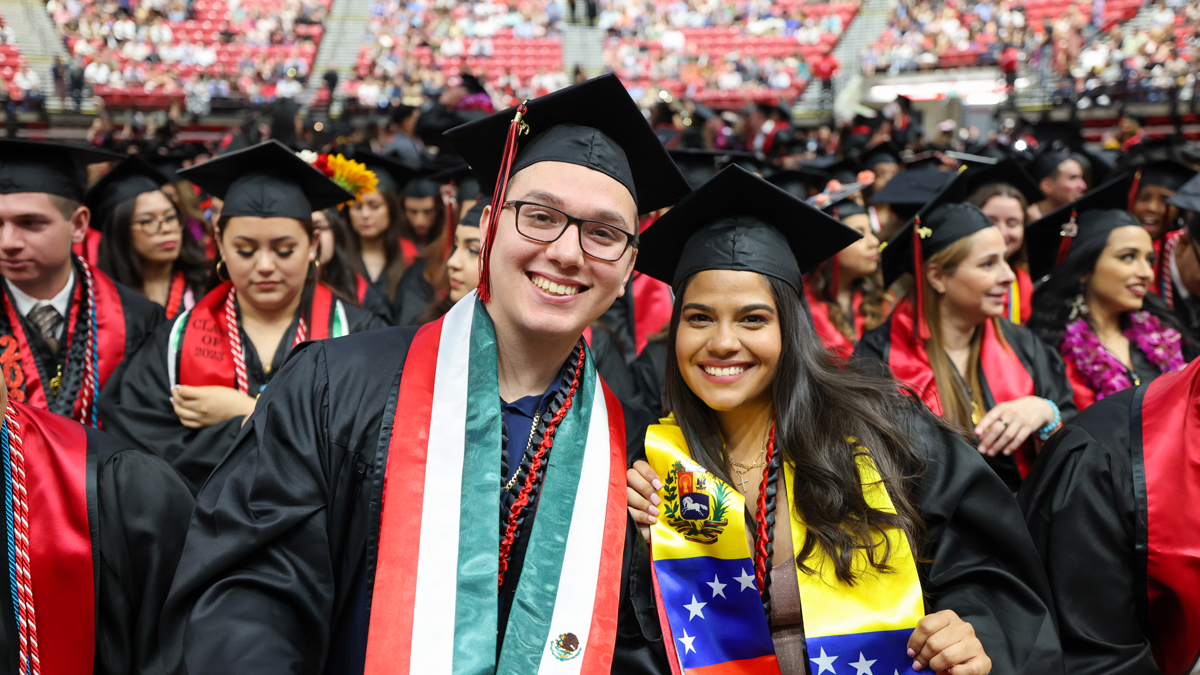Eugenie Budnik Explores How Principals Approach Crisis Communication

When a crisis hits a school, whether it’s a safety threat, a political controversy, or a wave of misinformation, one person is expected to have all the answers: the principal. But what if the people we rely on most in these moments haven’t been trained for them?
That’s the question driving graduate student Eugenie Budnik, whose thesis explores how well school leaders are prepared to communicate during crises and whether artificial intelligence could help them do it better.
“There’s not a whole lot of crisis communication research dedicated to the public school setting, and I found that really interesting,” Budnik said.
Budnik’s research focuses on how principals and other school leaders handle communication during emergencies. She is examining whether current district-level training and procedures actually prepare them for the mental and practical challenges of crisis communication.
To do this, Budnik is applying the READINESS model, a framework developed by crisis communication scholars to evaluate how prepared people are to respond.
“Plans and procedures are important,” she said. “However, are the people enacting those plans, making decisions and communicating about them actually mentally prepared?”
Her interest in the topic grew out of her background in education and her love for working in the educational space, she said.
After starting as an education major and exploring educational leadership and policy, her graduate seminar work introduced her to the field of crisis communication and the gaps that exist within it.
Budnik said the kinds of crises schools face have changed significantly and have evolved over the years, especially after the pandemic.
“With our current administration, we’re seeing schools being looked at under a microscope,” she said. “It’s almost like a witch hunt for teachers who use certain curriculums or books.”
When talking with principals, Budnik found that preparedness varies widely. One local principal told her that in 2003, “crisis communication was not covered in her preparation program, and all of her learnings have come from outside sources on her own time.”
Communicating effectively under pressure also comes with practical challenges that can make an already difficult situation even more complex.
“You might have one parent on a Facebook group talking about a crisis that happened at the school, but they might not have all the facts right,” Budnik said. “It’s the job of school leaders to repair this and communicate the actual facts.”
Part of Budnik’s research explores how artificial intelligence could support principals during crises.
“The willingness to use AI is mixed,” she said. “However, in the context of a school district, there are ethical considerations to use AI in schools because the information fed into ChatGPT, for example, is used to train its learning models.”
Despite these challenges, Budnik said she sees promise in the technology.
“It could definitely help with creation of messages that are clear and concise,” she said. “It can also make creating these messages less time consuming.”
Still, privacy remains a major concern, and Budnik said protecting student information is of utmost importance. She noted that communicating blindly about a school crisis can be risky, since current AI models may generate inaccurate information.
Budnik said she hopes her research will encourage districts to take a more proactive approach to crisis preparation by incorporating crisis communication training into professional development for school leaders.
Additionally, Budnik said that trust plays a key role in how schools communicate with their communities.
“It’s really unfortunate that today we’re seeing a lot of trust between the school as an institution and families,” she said. “Much of that comes down to building strong, trusted relationships before a crisis occurs.”
She noted that many local school districts are already taking steps to strengthen those relationships through community building. Opportunities for families to visit schools, meet principals and faculty, and participate in school events help create familiarity and understanding, which makes communication smoother and more effective when a crisis occurs.
Building those connections, Budnik said, is an essential part of preparing schools to respond effectively in difficult situations, and she hopes her work inspires meaningful change in how schools train and support their leaders.
“I would love for my research to serve as a wake-up call for school districts,” she said. “It feels incredibly fulfilling to conduct my first research project on something I’m so passionate about, as it blends my love of communication and educational leadership.”


